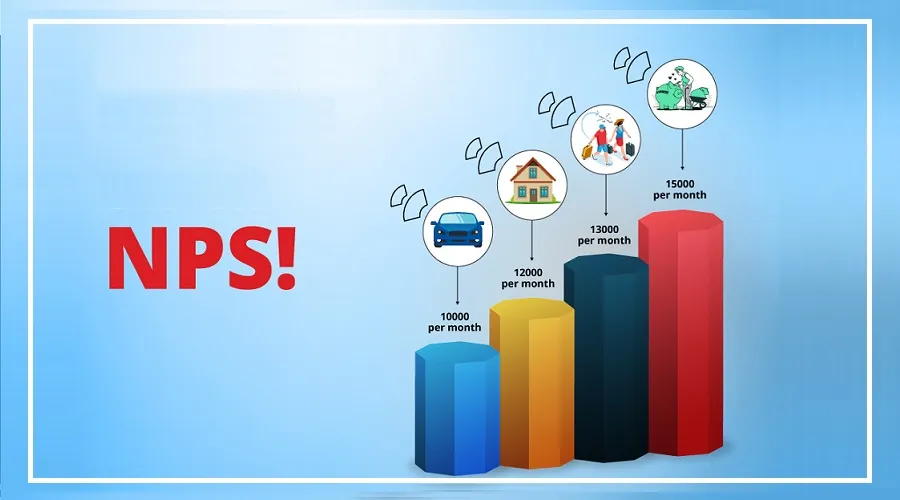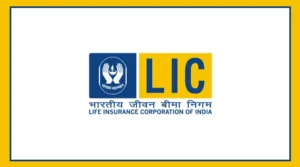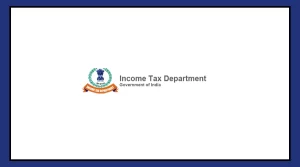The National Pension System (NPS) offers individuals a systematic investment option for long-term retirement savings.
Investors contribute to the NPS for the purpose of building a pension fund, which is then invested in a combination of equity and debt, providing returns over time.
The Pension Fund Regulatory and Development Authority (PFRDA) oversees and regulates this scheme.
Here are some important aspects and tax benefits associated with NPS.
Who Can Invest in NPS?
Any Indian citizen, aged between 18 and 65, including both residents of India and Non-Resident Indians (NRIs), can participate in the NPS.
Types of NPS Accounts: Tier I and Tier II
1) Tier I Account: This is a non-withdrawal pension account designed for long-term savings.
Withdrawals are allowed only under specific circumstances such as emergencies or retirement.
2) Tier II Account: This is a voluntary savings account that allows members to withdraw their savings at any time.
However, tax benefits primarily apply to Tier I accounts.
Investment Options in NPS
NPS subscribers have the flexibility to invest in various asset classes, including government securities, corporate bonds, and equity.
They can also determine their preferred asset allocation based on their risk appetite.
Tax Benefits Associated with NPS
1) Section 80CCD(1): Contributions to NPS up to 10% of the salary for salaried employees and 20% of total income for self-employed individuals are eligible for exemption under Section 80C, up to Rs 1.5 lakh.
2) Section 80CCD(1B): An additional deduction of up to Rs 50,000 can be claimed for investments in NPS beyond the 1.5 lakh limit under Section 80CCD(1).
3) Section 80CCD(2): Employers’ contributions to employees’ NPS accounts are eligible for tax benefits, calculated as 10% of the basic salary plus dearness allowance (DA), without any maximum limit.
Withdrawal and Exit Rules in NPS
Upon reaching the age of 60, NPS subscribers can withdraw 60% of the corpus tax-free.
The remaining 40% must be utilized to purchase an annuity, ensuring a regular pension income.
Partial Withdrawal and Annuity in NPS
After three years of investment, NPS allows partial withdrawals for specific purposes such as higher education, marriage, house purchase/construction, or treatment of critical illness.
Annuity purchases from a portion of the corpus are tax-free, but taxes are applicable to the pension received from the annuity.
NPS Extension and Continuation
Subscribers have the option to extend their NPS accounts for an additional 10 years after reaching the age of 60.
Alternatively, they can continue investing until the age of 70 without making any withdrawals.
Considerations Before Investing in NPS
While NPS serves as a favorable option for retirement savings, especially for those seeking long-term investments with added tax benefits, it is crucial to assess investment risks and plan effectively.
Seeking guidance from a financial advisor is recommended before making any investment decisions.

























